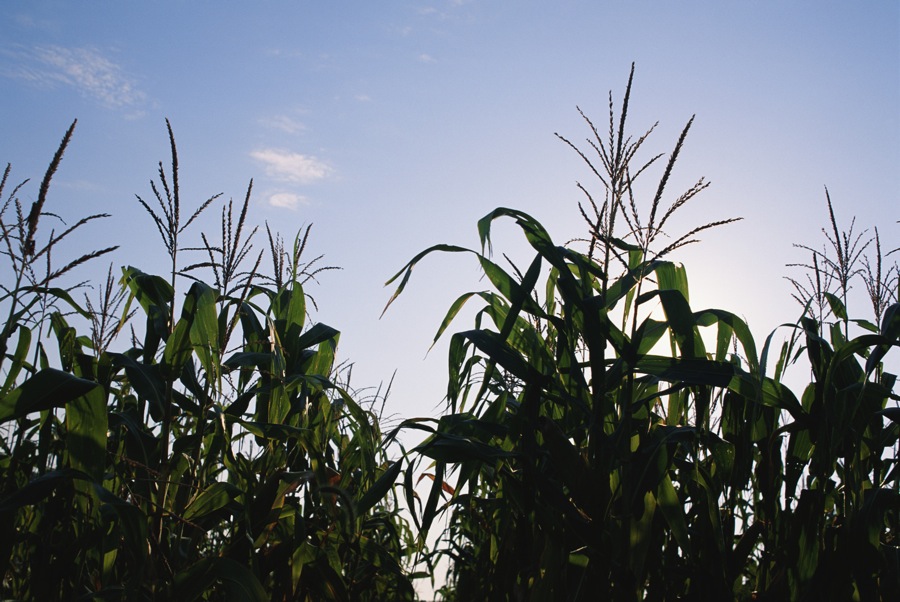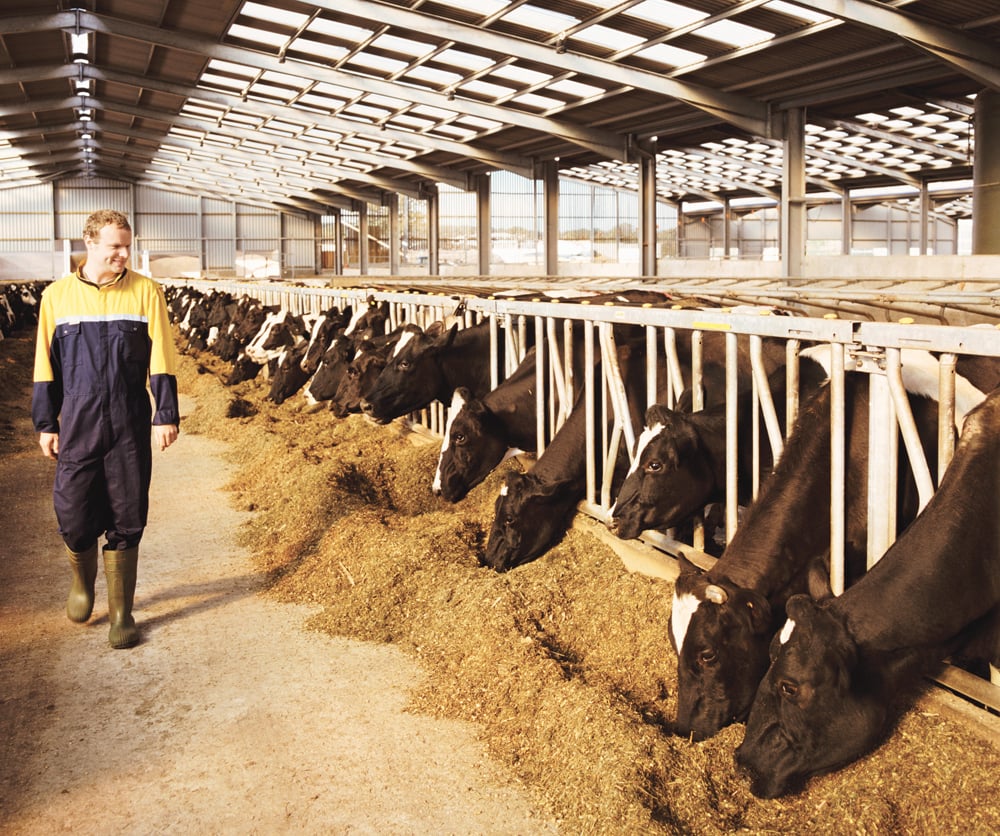President Barack Obama called in his 2012 budget plan for the elimination of farm subsidies to the wealthiest U.S. growers Feb. 14, arguing that the payments distort the farm sector and some farmers can be paid even if no crops are grown.
Lawmakers rejected an identical proposal a year ago, ahead of the 2010 mid-term elections. They said any change in farm supports should be delayed until a scheduled overhaul in 2012.
Obama said his plan would save $2.5 billon, or five per cent, in subsidies over 10 years while preserving a farm safety net against low prices or crop failures. The changes would affect roughly 30,000 people, the Agriculture Department has estimated, out of 1.2 million farm subsidy recipients.
Read Also

Pig transport stress costs pork sector
Popular livestock trailer designs also increase pig stress during transportation, hitting at meat quality, animal welfare and farm profit, Agriculture and Agri-Food Canada researcher says
In his proposed budget for fiscal 2012, beginning Oct. 1, Obama proposed that farm subsidies go only to people with less than $500,000 in adjusted gross income from agriculture or less than $250,000 off-farm AGI. The current cut-off is $750,000 on-farm AGI and $500,000 off-farm AGI. The new caps would be phased in over three years under the administration proposal.
In addition, Obama said the maximum amount available in the so-called direct payment guaranteed annually to farmers should be $60,000 per farm, down from the current $80,000. Some $5 billion a year goes to cotton, grain and soybean farmers through the payments, regardless of need.
“They distort production and drive up the value of farmland,” said the administration. “Direct payments are payments made to farmers based on historical productions, regardless of whether they currently produce crops.”
Crop and dairy subsidies were forecast at slightly more than $5 billion in fiscal 2012, compared to $7 billion this year, a reflection of high market prices.
Obama also called for a revision in the crop insurance program to save $1.8 billion over 10 years. It would reduce the amount paid to insurers for policies against catastrophic crop losses. The administration renegotiated its master agreement with insurance companies last year to save $6 billion.
The administration proposed higher spending on programs to protect wetlands and reduce run-off from fields and feedlots.


















